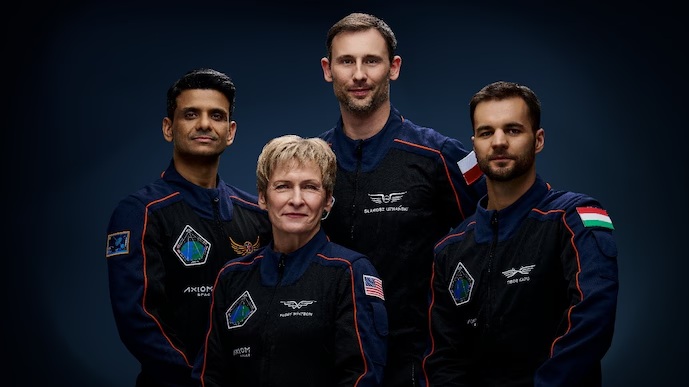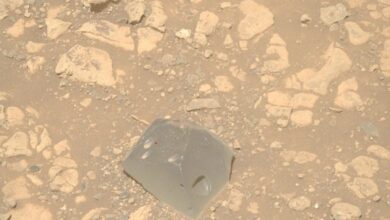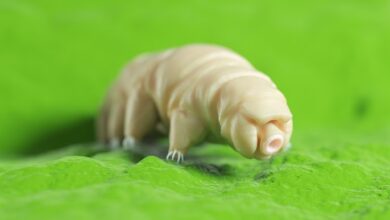Indian astronaut to study how living in space changes the brain
News Mania Desk / Piyal Chatterjee / 22nd April 2025

Axiom Space is in the last stage of gearing up for the Axiom-4 mission, which will launch an Indian astronaut to the International Space Station. A significant highlight of the mission is an innovative experiment designed to investigate how microgravity affects the human brain.
The Human Spaceflight Neuroimaging Initiative, created by Axiom Space, seeks to examine the impacts of microgravity on the human brain. By employing high-field 7 Tesla MRI scans, the research will explore alterations in brain structure, neural vascular physiology, and the blood-brain barrier pre- and post-space missions.
The aim is to recognize possible cognitive and performance hazards encountered by astronauts during and post space travel.
Prolonged exposure to microgravity can result in various health problems for astronauts, such as:
Brain Structural Modifications: Changes in the structure and function of the brain have been noted, possibly impacting motor and cognitive skills.
Spaceflight-Associated Neuro-Ocular Syndrome (SANS): A condition marked by visual deficits and alterations in eye structure resulting from fluid redistribution in microgravity.
Cognitive Impairments: Possible reductions in cognitive abilities, such as memory and attention, have been observed following extended space missions.
Group Captain Shubhanshu Shukla from the Indian Air Force has been chosen as the pilot for Axiom Mission 4 (Ax-4), marking him as the first Indian to journey to the International Space Station (ISS) via a SpaceX Dragon spacecraft. Isro is partnering with Nasa and Axiom Space on this mission, which comprises approximately 60 scientific experiments, with seven being spearheaded by Isro.
Shukla’s involvement in the Human Spaceflight Neuroimaging Initiative will yield important information on the impact of microgravity on the human brain, enhancing the safety and success of upcoming space missions for India, as part of the Gaganyaan Mission.






